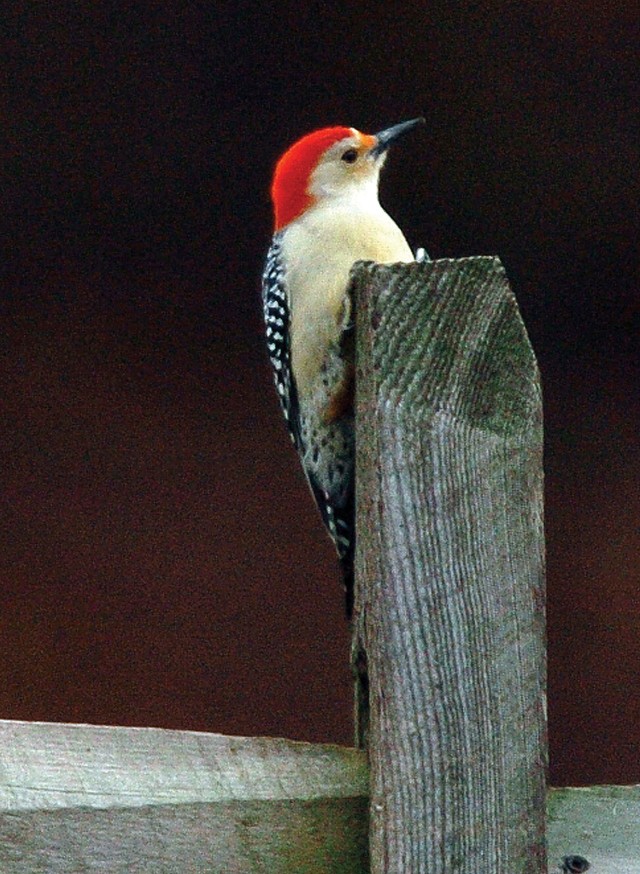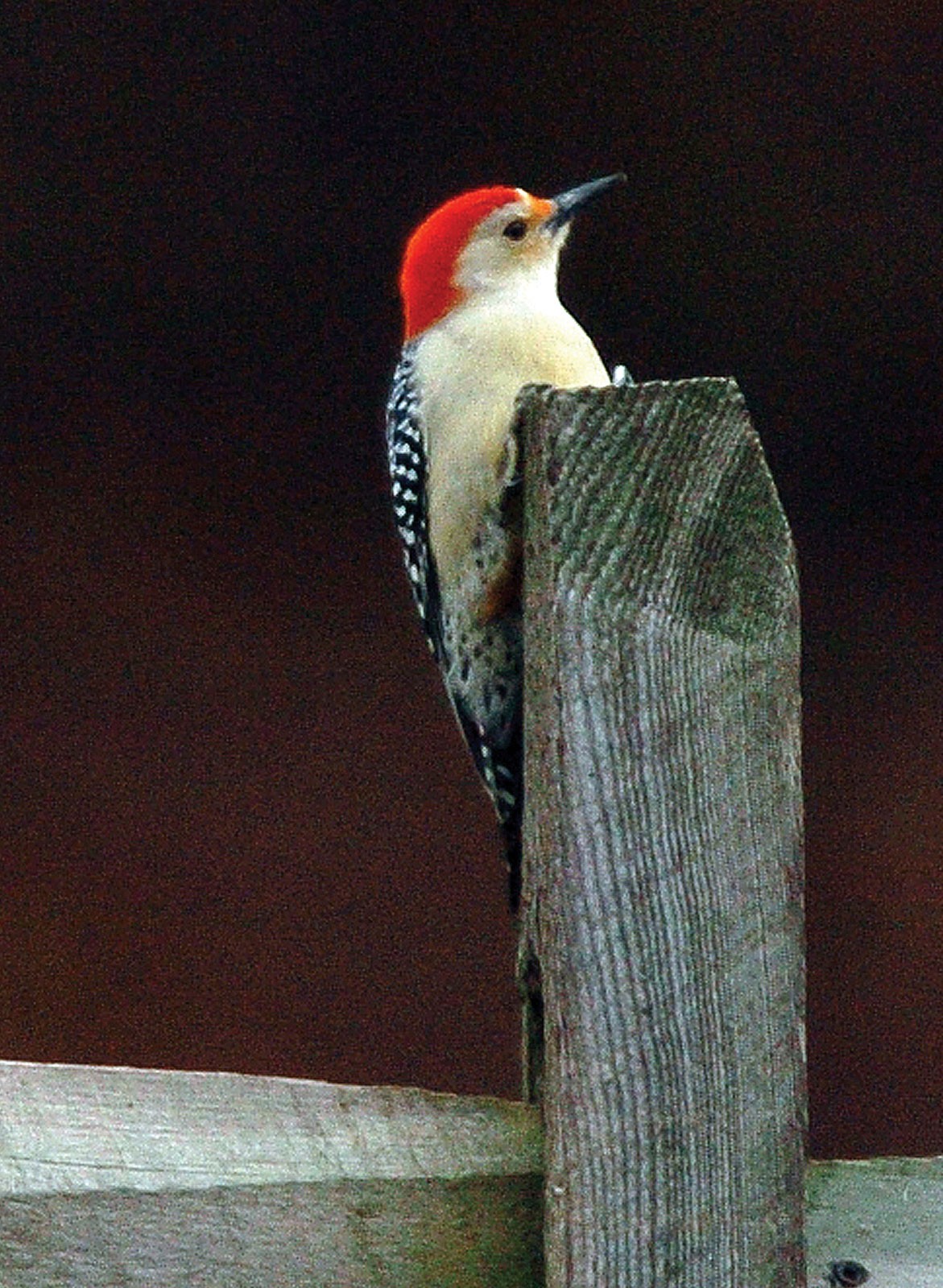FORT BELVOIR, Va. -- Gadwall. Canvasback. The greater and lesser scaups. Bufflehead. Merlin.
These are just some of the birds typically seen during an annual National Audubon Society Christmas Bird Count, which Fort Belvoir volunteers participate in each year.
This year's count on Belvoir is Jan. 3, with sessions from 5 to 7 a.m. for owling; 7 a.m. to 1 p.m., and 1 to 5 p.m. According to Kevin Walter, wildlife biologist with the Natural Resource Department of Belvoir, owling is when bird-watchers and -counters play vocalizations of owls, hoping to get the owls to respond or approach the people. He also said organizers prefer volunteer counters to stay all day.
Greg Fleming, an environmental specialist with Base Realignment and Closure on Belvoir, said birding trends from year to year vary dramatically, depending upon weather, food availability, and the number of volunteers.
Belvoir and birds
"Tides and ice, if the bay is frozen, affect the number of waterfowl and shorebirds present. We have averaged 77 different species of birds over the last six years, with 88 in 2007-08 and 81 in 2008-09," Fleming said. "We counted a total of 5,753 birds last year, including a flock of American crows that totaled over 1,100. We have recently seen higher numbers of birds that have expanded their ranges farther north or south, depending upon the species, because of possible climate change.
Belvoir is ideal for bird-watching and bird-counting, according to Walter, because, "We are blessed here at Fort Belvoir, with nearly every type of habitat imaginable in Northern Virginia. Habitats here range from wetlands to dry meadows, pine forests to hardwood forests, and everything in between. When the variety of habitat is paired with the proximity to the Potomac River and Accotink Bay, which are major wintering and stopover points for waterfowl and shorebirds, conditions are ideal," Walter said.
Volunteers
The benefits for volunteers are many and varied. "The count offers many benefits to non-bird-watchers and the like," Walter said. "Many people volunteer for reasons other than bird watching. We have scouting groups and school students who fulfill community service requirements. Others come hoping to grab a rare photo opportunity or just take pictures of the environment. Some just simply come out to enjoy the weather and take a hike to see what Belvoir has to offer on our public trails, while others use this as an opportunity to learn about birds from the experts."
Volunteers can expect to see numerous amounts of birds and possibly even mammals. With the lack of leaves and foliage this time of year, it tends to be easier to see animals. Weather, location and skill permitting, it is quite possible to see - or hear - a rare or unusual species here, as it happens nearly every year," Walter said, adding that novice bird-watchers and -counters will be paired with an expert who will teach the songs, calls and identification features of different species.
The bird count is important, according to Fleming, because, "it allows biologists to maintain and examine extensive bird databases. With that said, it allows us to follow and chart trends in bird movements and numbers. This also allows us to hopefully determine why or why not a bird was here, and why its numbers are low or high. Finally, it helps us to determine whether we are meeting the needs of those birds, overwintering here or passing through, and if food and habitat are available.
Volunteers meet at Accotink Bay Environmental Education Center at Fort Belvoir's Tompkins Basin.
Walter said at least 10 counters are needed to cover the entire base, with no limit on people accepted to volunteer.
The bird count goes on rain, snow or shine.
Citizen-scientists
The National Audubon Society is in its 110th year of bird counting. According to Walter, Belvoir began participating in 1911. The first year of the count had eight participants who shared binoculars. The Belvoir count has been conducted every year since, except for two years during WWII.
A society press release said the event yields data vital to conservation.
World-wide, components of this year's count were scheduled between Dec. 14 and Jan. 5. Counts typically include tens of thousands of volunteers from Alaska to Antarctica. The press release said scientists rely on data taken from the bird counts.
Data from bird counts have helped document the comeback of the previously endangered bald eagle and brown pelican, and significant increases in waterfowl populations, both the result of conservation efforts.
Counting them all
Kurt Gaskill, the compiler for the Fort Belvoir CBC, has been tallying all the volunteers' numbers for a decade. "I'm a physicist who works for the Navy," Gaskill said. "Working with numbers is no big deal."
"Personally, I'm hoping for a warm day with no rain, minimal wind and no problems. However, it rarely happens that way for the bird counts," he said. "I'd love to find a rare bird. But, the reality of the count is finding information about bird presence," he said.
"The information we gather is given to people to figure out how things are going with several species. Some birds have increased in numbers, while suburban habitat has changed some other bird counts. I like birding - the info we gather is useful and sometimes used by local and state governments in planning purposes," he added.
Gaskill said the area has more black vultures now than years ago. And, Belvoir's count has the national records for locating Carolina wrens, red-belly woodpeckers and white-breasted nuthatches.
The local count, Gaskill said, includes 10 sectors within a 15-mile circle from Pohick Church, making it one of the largest, in terms of volunteer bird-counters.
Belvoir volunteers are asked to contact Kevin Walter, 805-3969.
People interested in volunteering for bird counts who cannot make it to Belvoir may contact Kurt Gaskill, 703-768-2172, to count birds near Fort Hunt; Mount Vernon; Huntley Meadows; Gunston; Mason Neck; Burke Lake; Leesylvania State Park; Nokesville; Featherstone; Colonial Farms, Md., and Lake Accotink.


Social Sharing